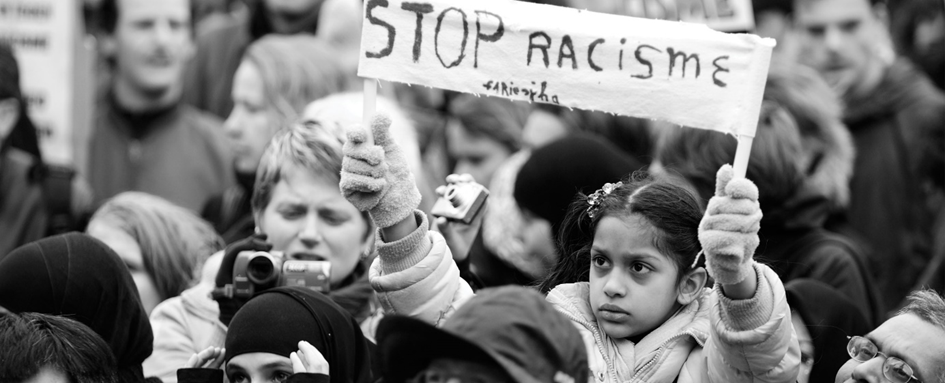Racism and Discrimination in the Twenty-First Century against the Africans
- Endris Mekonnen Faris

- 25 Nis 2023
- 3 dakikada okunur
Social discourses such as democracy and human rights together with technological advancements increasingly characterize the twenty-first-century human socio-political interactions with and without the presence of important actors, the states. Numbers depict a fascinating social reality that the decreasing role of once single most important actors, again states and that democracy and human rights are being advocated and the control and utilization of technology by uncountable powerful non-state actors. This world will in brief be entertained here vis-à-vis racism and discrimination against Africans in general.


The world we live in in the Twenty-First Century
How far has this world changed in terms of treating fairly equally its human inhabitants? Not as much as it should have progressed given the well-interconnected world where humankind lives, the unprecedented human advancements, and the widely available instruments humankind forged to protect humanity.
The annual report of the United Nations High Commissioner for Human Rights and reports of the Office of the High Commissioner and the Secretary-General regarding racism and racial discrimination indicate that “there is now broader acknowledgment of the systemic nature of the racism that affects the lives of Africans and people of African descent.” The report highlights the continued racism and racial discrimination people of Africa and African descent face in accessing quality education and health care as well as being excluded from the enjoyment of economic and social rights. This is in line with abundantly available empirical confirmation of the endless Africans suffer arising from racial prejudice and discrimination all around the world.

The century’s distinctions from the preceding ones
Over the last three decades as the 21st century dawned a series of globally well-felt changes have been spiraling marking the end of racism and racial discrimination. That is only true on paper and at organizational levels. However, the ensuing points are worth pointing out here.
Established Norms
An overwhelming size of humankind organized and acting under state actors or non-state actors of different sizes intersubjectively share a belief that people of color and their origins should not be used as parameters to measure and judge fellow humankind. Such written and un-written norms give an impression of a discouraging sense of inequalities that could be assumed and put into practice because of differences in race.
World societies have been introduced to several non-binding regional and global declarations that aim to help humankind express its aspiration to stand against racism and racial discrimination. Despite norms do lack executive power to physically reinforce, they constitute public knowledge to put immense influence over States and nonstate actors and are morally binding.
Regimes
Prohibitions that aim to serve particularly against racism and discrimination have been coded into several agreements and conventions at the state, regional, and global levels. Several endeavors take organizational shapes forming regimes to govern activities that aim to prevent racism and racial discrimination.
These regimes comprise conventions or treaties agreed upon and ratified by state actors. Therefore countries party to such platforms are expected to translate them into practices through adopting policies that tackle racism and discrimination. Because they are always imposing binding legal obligations both at the state and international levels, treaties and conventions are far better at bringing substantial change in the fight against racism and discrimination.
Among key international regimes devised for the protection and implementation of the right against racism and racial discrimşnantion is the International Convention on the Elimination of All forms of Racial Discrimination (ICERD). This regime came into existence following a resolution adopted by the United Nations General Assembly in 1963 and with over 150 countries ratified it, however only gained renewed attention after the Third World Conference against Racial Discrimination was held in 2001.

References
International Convention on the Elimination of All Forms of Racial Discrimination: https://www.mfa.gov.tr/international-convention-on-the_elimination-of-the-all-forms-of-racial-discrimination.en.mfa
International law relating to racism and discrimination: https://racismnoway.com.au/about-racism/australian-legislation-international-law/international-law-relating-to-racism-and-discrimination/
Fighting Racism in the Twenty-First Century: https://law2.wlu.edu/deptimages/Law%20Review/61-4BrownIntro.pdf










Yorumlar